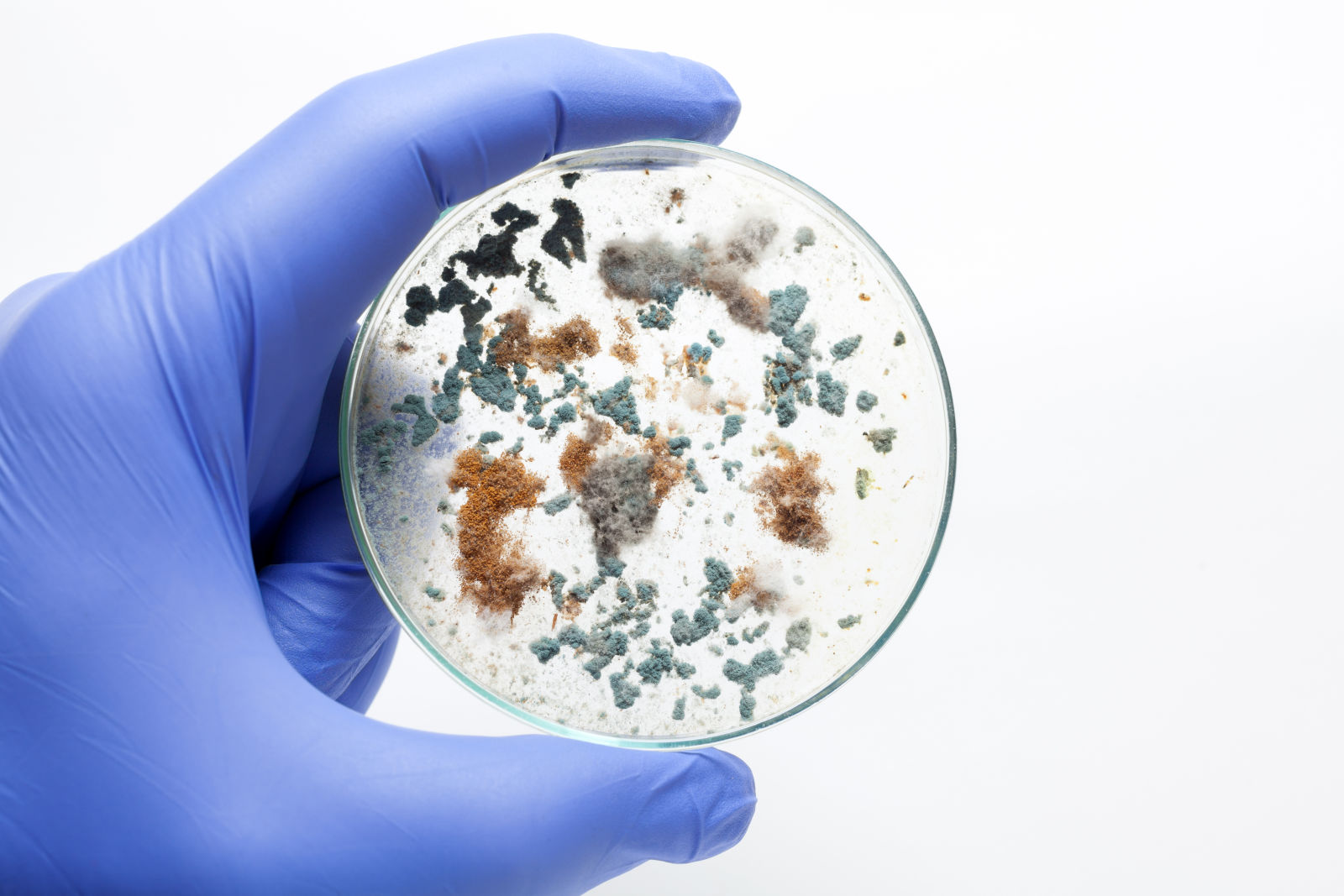What is Mold Testing:
Mold testing is a very limited tool that can be used to evaluate indoor microbial levels in the air, mold fragments & dna in the dust and to document suspect mold growth on surfaces. Mold testing should not and can never be used as the only method to identify or to rule out and indoor contamination & is not an alternative to a detailed Mold Inspection of the home and identifying sources of contamination.
Testing for mold does not identify hidden sources of mold, does not identify how or where water is entering the building or what is causing the mold. Testing for mold does not determine the methods of cleaning, products to use or the overall safety of the environment.
Air quality mold samples can be collected to identify the airborne levels of mold present within the indoor environment beyond what we can see, but is limited to a very short window of time. Surface mold samples are collected using a sterile swab or tape lift method to identify the types of molds growing on the building materials and are sometimes beneficial to identify species.
Dust samples can provide valuable information as to the overall fungal load in the home and potential mycotoxin production & exposure.
(link reasons to test)
There are several types of mold sampling & analysis methods available, the most common & widely used method in the industry being non-viable which does not differentiate between active or dormant (dead) mold spores. According to the EPA, active molds or dormant molds may be just as harmful to sensitive individuals. Also, according to the EPA, in most cases if mold is visible, sampling is not warranted. View EPA article
These samples are collected using an air pump and the use of a spore trap cassette which draws the airborne particulates onto an adhesive slide. These samples are analyzed using direct microscopy and the molds are identified to a genus level by an AIHA (American Industrial Hygienists Association) Laboratory.
Viable air quality mold samples only identify the mold spores that are alive or active but do not identify the dormant or dead mold spores. The collection method for air samples utilizes the use of an air pump that pulls the air through an agar media on a petri dish which then incubated at the laboratory for a period of 7-10 days. This method can identify the species of the mold however is not always accurate as only 10% of the actual molds present may be reported.
The advantages of this method is that it’s a cost effective way to identify species.
Beyond mold, indoor allergens include common household dust which comprises pet dander, human skin cells, insect fragments, fibers, dust mites, and different types of pollen. These particulates are all considered irritants and the can cause allergic reactions in sensitive individuals. HNST Mold Inspections can have your mold samples analyzed with these additional irritants identified using a single collection method.
ERMI (environmental relative moldiness index) sampling methods are also available and use MSQPCR (mold specific quantitative polymerase chain reaction) analysis methods & Enzyme-linked immunosorbent assay (ELISA) for the identification of mycotoxins.

